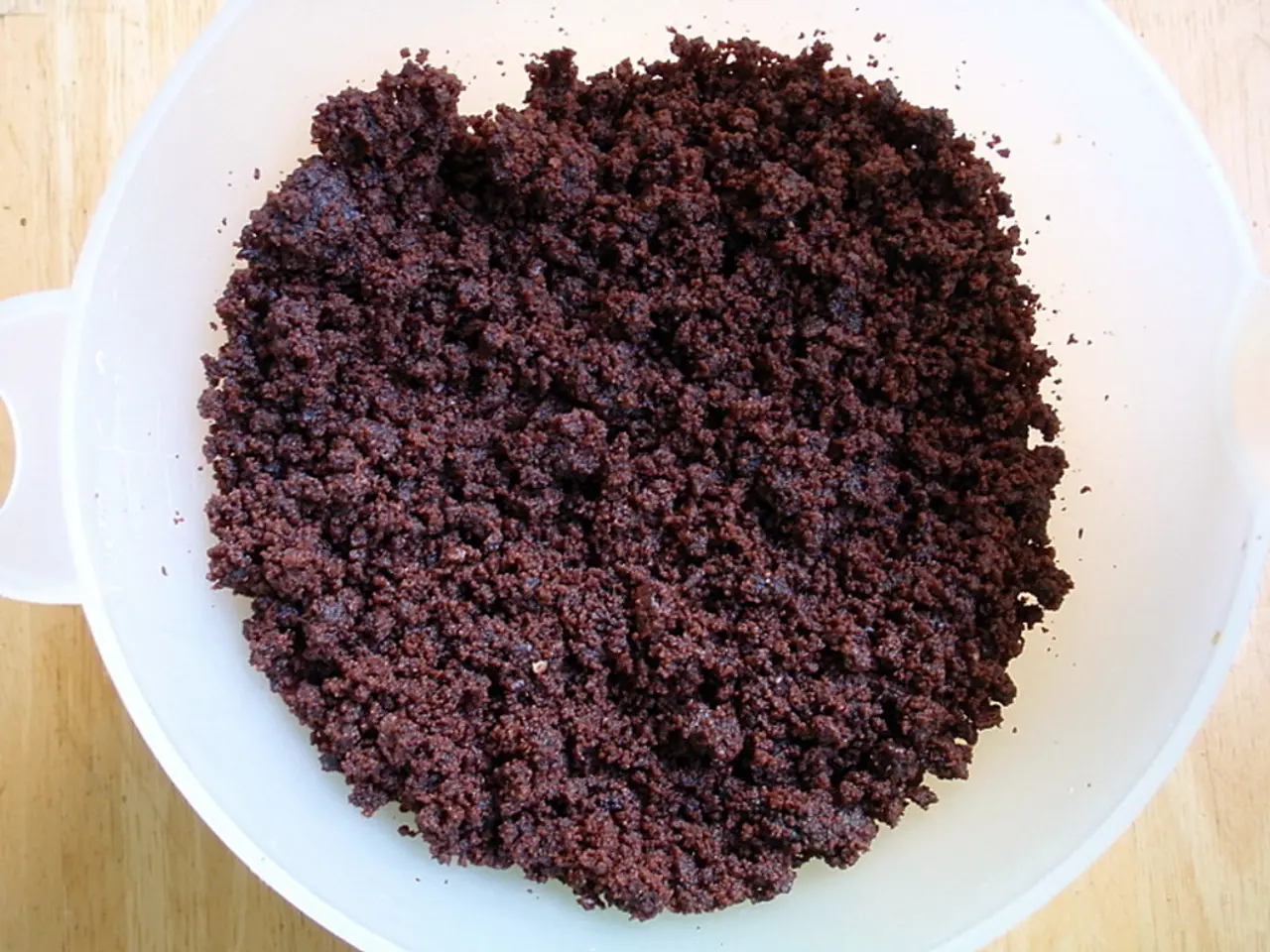Analysis of Stool Fats: Objective, Method, and Outcomes
A fecal fat test, also known as a lipid stool test or coefficient of fat absorption (CFA), is a valuable diagnostic tool used by doctors to assess the digestive system's ability to absorb fats. This test is particularly useful for individuals experiencing symptoms or conditions that suggest malabsorption of fats, such as steatorrhea (high fat content in stools).
Preparing for the Test
Before commencing the test, it is essential to discuss its purpose with a doctor, review medications, and possibly stop medications or supplements that may interfere with the test. A person collects a stool sample using a collection container kit from the laboratory or doctor's office. It is crucial to urinate before using the provided "hat" to collect the stool sample and keep water and toilet paper away from the sample to prevent contamination and maintain accuracy.
The Test Process
The testing period for the fecal fat test typically lasts for 3 days, but can be shorter. During this time, the individual collects their stool samples in the provided container. Once the testing period is over, the sample should be sealed, labeled, and stored in the refrigerator until it can be sent to the laboratory for analysis.
The Results
The results of the fecal fat test provide information about the absorption and digestion of fats, as the test measures the amount of fat present in stool samples. Elevated levels of fecal fat may indicate impaired fat digestion, which can be caused by various conditions.
Common Conditions Associated with High Fecal Fat
High fecal fat is a hallmark of conditions disrupting fat digestion (pancreatic enzyme deficiency or bile acid issues) or absorption (intestinal mucosal diseases like celiac). Some of the most common conditions associated with high fecal fat include:
- Pancreatic insufficiency (exocrine pancreatic insufficiency or EPI), where the pancreas fails to produce enough lipase and other digestive enzymes needed to break down fats.
- Celiac disease and gluten sensitivity, autoimmune or inflammatory conditions that damage the small intestinal lining, impairing absorption of fats and other nutrients.
- Bile acid disorders, including primary biliary cholangitis, gallstones blocking bile ducts, bile acid malabsorption syndrome, and complications after gallbladder removal.
- Gallbladder diseases such as gallstones, cholecystitis, or post-cholecystectomy syndrome that interfere with bile storage and release.
- Liver diseases like fatty liver, hepatitis, or cirrhosis, which impair bile production essential for fat digestion.
Additional causes can include rapid intestinal transit (e.g., during stomach bugs) or other malabsorption syndromes.
Treatment and Management
Depending on the symptoms, medical history, and initial findings, a doctor may recommend additional tests such as blood tests, imaging tests, endoscopy, and additional stool tests to determine the specific cause. After receiving the results, the doctor discusses the findings, may diagnose the issue, order further tests, and discuss treatment planning, including dietary modifications, medications, or referrals to specialists. Not being able to absorb fat can lead to malnutrition and a deficiency of fat-soluble vitamins, so prompt diagnosis and treatment are crucial.
In Summary
A fecal fat test is an essential diagnostic tool for assessing the digestive system's ability to absorb fats. By understanding the test process, common conditions associated with high fecal fat, and treatment options, individuals can work with their doctors to maintain a healthy digestive system and overall well-being.
- Epi, a condition characterized by the pancreas failing to produce enough digestive enzymes, can be diagnosed using a fecal fat test due to the high levels of fat present in stool samples.
- When it comes to health and wellness, understanding conditions related to digestive health, such as celiac disease and epi, is important for maintaining a healthy life, as the fecal fat test can help identify these conditions if symptoms or conditions suggest malabsorption of fats.




